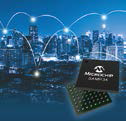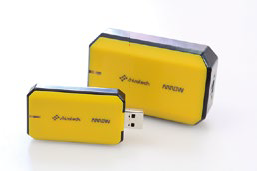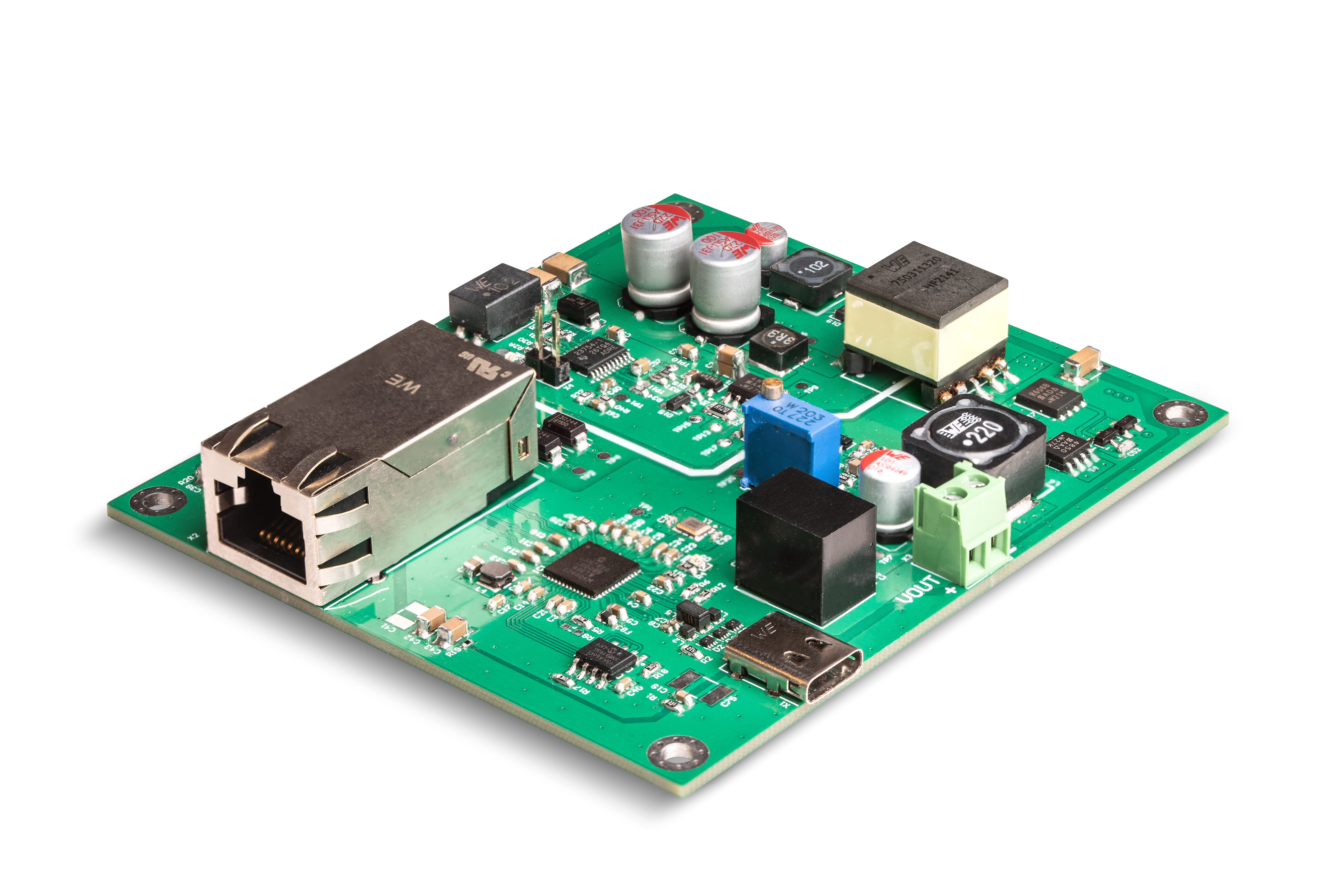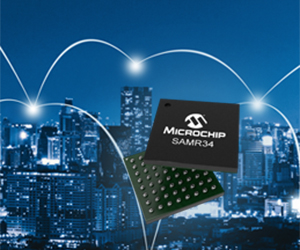Low power design, what does it mean for battery selection and performance?
"Low power" has long been a mantra for IoT developers. But the advent of a new class of “low power wide area” (LPWA) technologies like LTE-M or NB-IoT has accelerated the trend, allowing the industry to go a long way in power optimization to address the various IoT market requirements.
However, designing for low power places unique requirements on IoT developers, who must deal with a wide set of new connectivity, power consumption, and robustness requirements. A number of factors can affect battery performance, and it is often necessary to balance performance, power, and power consumption, making the challenge even greater.
What is energy efficient design? Because it is important?
Low Power Design aims to reduce the overall dynamic and static power consumption of a device, using a collection of techniques and methodologies, which aim to optimize battery life. It goes far beyond simply inserting a mobile operator's NB-IoT SIM card into your device. It involves designing and optimizing all the hardware and software to handle this new paradigm. Hardware resources should be kept to a minimum to process the data. The connection time should also be limited, and depending on the wireless technology chosen, many parameters need to be adjusted to optimize overall device performance and power consumption. A sleep mode needs to be designed for the product to keep power consumption to a minimum, during the intervals when communication is lost.
The theory may seem simple, but the complexity of energy-efficient design lies in the details. To help IoT developers around the world with this mammoth task, Deutsche Telekom created a digital modeling tool, the IoT Solution Optimizer, which enables developers to plan, model and optimize the performance of their battery-powered NB-IoT and LTE-M solutions using Saft batteries. Along these lines, Saft provides free access to wisebatt, the online virtual prototyping solution, which allows you to find a detailed view of the hardware power consumption of your devices, and optimize it. If you are earlier in your project, Saft's smart battery selector can also guide you to the most suitable solutions for your intended use.
The challenges of low power design: adapting the communication behavior and electronic design of your device
Adapt communication behavior
Communicative activity is one of the first issues to be evaluated. Consider the frequency of communication, the size of the payload, the protocols used, the number of firmware updates. All of this influences how battery power is consumed.
Optimizing the payload structure and communication patterns of applications enables superior performance. In fact, the larger the payload of your application, the more cumbersome it will be to drive it over a narrowband transmission pipeline, resulting in retransmissions that increase power consumption. It is prudent to carefully identify what data is essential to submit and how often it should be done.
Also, the device's communication module should be in low-power sleep mode at all other times. Each unnecessary communication event essentially interrupts the activated power saving features of NB-IoT or LTE-M, constantly reducing battery life, as the communication frequency increases. The IoT Solution Optimizer contains algorithms that can not only recommend the right combination of power-saving features on a case-by-case basis, but also the service helps to visualize how communication payload size, protocol usage, and communication frequency affect on battery life.
You should also select the best-fit connectivity carrier. The 3GPPTM protocols offer many powerful features and capabilities, which require a certain level of expertise to use properly. Some developers may not have much previous experience optimizing their applications for 3GPPTM connectivity and may inadvertently reboot their devices if they encounter any failure cases (for example, if the device is rejected by the network, or a request is made for a service that the network does not support). When thousands of these devices incessantly reboot and reconnect to the network, they can not only create a signaling storm, but ultimately drain your batteries. To avoid these issues, it is highly recommended to use modules that support the GSMA TS.34 Radio Policy Manager, a watchdog that monitors for unwanted application behavior. Whenever RPM detects specific scenarios where the application may congest the network or drain battery power, a fallback mechanism is activated for the duration of a configurable timer, minimizing risk.
Finally, consider the mobility profile of the devices, especially if they are to be deployed in multiple countries, or if they regularly switch between different networks. Depending on what access technologies and frequency bands are available in each market, the device will be prompted to perform network acquisition scans of varying duration. A good power-saving strategy is to restrict the number of bands the module scans to those of the destination carriers the device is allowed to roam on. If only the necessary bands are selected, the scanning procedure will be faster and consume less power.
Increased battery life by reducing the number of communications thanks to Edge Computing
There are alternatives to very regularly sending data to the cloud for processing. By sending processing functions to the gateway, or to the node, a strategy that is sometimes called "fog computing»Or«edge computing“, you can process data locally, instead of sending raw data, and process it remotely, limiting bandwidth and minimizing input-to-response latency, and therefore power consumption. Artificial intelligence (AI) runs on the device's processor, so it can learn autonomously from its environment through built-in sensing capabilities. The goal is to make more informed decisions about when to communicate, or not.
Edge computing is booming lately, driven by advances in chip technology, and the need to improve operational efficiencies at the upper and lower limits of performance: critical IoT and mass IoT. A new generation of components will enable more processing within the edge appliance, while preserving the vida use of the batería several years for host devices. AI can even work with the battery to optimize the power consumption of the device.
But again, it's important to take a close look at the total power sizing that is required to collect, process, or send data. Sacrificing some computing time to decrease communication is usually worth it, but if the processor needs to be on all the time to collect and process information, you may lose the benefits of these features.
Adapting the electronic design
More and more wireless communication modules are being optimized for implementation in LPWA solutions. Navigating through the jungle of hardware options is no easy task, especially as more and more connectivity providers are asking developers to use carrier-certified components. To help its customers design their products, Deutsche Telekom's device planning tool, the IoT Solution Optimizer, integrates the largest database of energy measurements in the industry, for single-mode, and multi-mode NB-IoT and LTE-M modules. Each embedded component is digitally modeled using a highly detailed profile consisting of thousands of power measurements, which together represent over one hundred 3GPPTM procedures. By integrating modules tested and certified by Deutsche Telekom, customers avoid the hassle of troubleshooting performance and interoperability issues, which can drain the battery.
Customers whose IoT devices are mobile, or planned for sale in various markets, are drawn to multimode modules for a simple reason: the home or roaming networks on which these devices operate may not have implemented NB-IoT. and/or LTE-M. Therefore, the availability of a second or third backup protocol is essential to compensate for the lack of coverage and guarantee constant communication. But the drawback of using multi-mode modules, especially with 2G backup, is that their power amplifier architecture is significantly more complex and inefficient. Therefore, developers should keep in mind that when optimizing their power consumption, multimode modules consume more power than singlemode variants. So, as mentioned above, be sure not only to choose, but also to program the module correctly.
GNSS chips those that provide position service through the constellations of GPS, BeiDou, GLONASS, QZSS and Galileo satellites can also be very power consuming if not configured correctly. These usually come with different modes of operation. It is necessary to properly select and size the chosen operating mode in order to search for satellites in the most conservative way and keep power consumption to a minimum.
Your GNSS solution is not the only cause for concern. It is necessary to measure and reduce the leakage currents of other components. Voltage regulators and converters can also consume a significant amount of power, which is then dissipated as heat.
Like batteries, SMT antennas are an often overlooked component. Considering where they are going to be located early in the design of the product hardware is essential, especially if the dimensions of the IoT device are quite small. Depending on the location on the PCB, in the low frequency ranges of NB-IoT or LTE-M (800 or 900 MHz), the efficiency of the antenna can drop significantly. At worst, much of the benefit of better coverage of LPWA technology may go unnoticed.
Choosing the Right Battery: The Implications of Low Power Design for Battery Selection and Performance
IoT Solution Optimizer It can also help by showing you how to choose the right battery, which is paramount. The course of this article has caused us to address the issue of power source quite late in the text, but in reality, battery choice should be addressed very early in your project.
Different chemistries offer different benefits, and can be tailored to the consumption profile of your device.
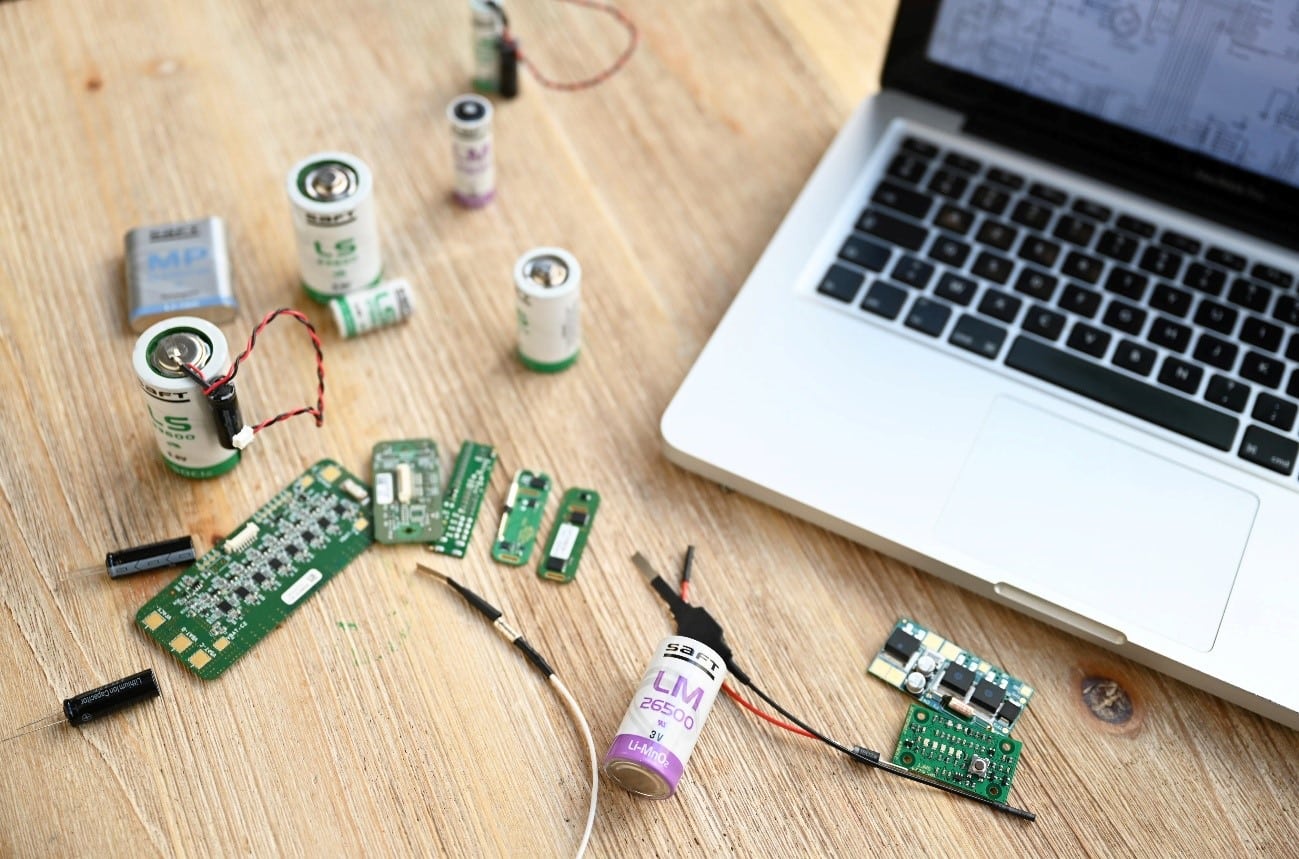
El lithium thionyl chloride (Li-SOCl2), for example, is an interesting chemistry for low power and long duration applications, since it offers a low self-discharge (meaning that the battery capacity is not affected too much by the time of storage and use, in sleep mode), and is perfectly adapted to the requirements of high power and voltage, in a wide range of temperatures
This chemistry is subject to passivation, a surface reaction that protects the cell from self-discharging, and allows for long life.
Passivation can offer significant benefits, but it is necessary to anticipate power requirements to find the right balance between consumption profile and power load. In fact, the passivation layer is built while the device is in sleep mode or in storage. Upon current connection, the passivation layer breaks to let current through. But if the main power consumption current is too low, the ions of the maximum communication current will not be able to flow through the passivation layer, which will become too thick, causing a voltage drop below the cutoff voltage. , so the device stops. It should also be noted that, at very high temperatures, the passivation layer becomes thicker, which consumes more active materials, and reduces battery capacity.
Cell construction is also important as it has a direct impact on cell performance. coil cells (Saft LS battery range) provide more energy density and less self-discharge than spiral designed cells (LSH range), but limited current capability and pulse current, often required in low-power, wide-area applications, might require the use of a pulse-holding device, such as a capacitor, EDLC, or capacitor. hybrid layer, to achieve higher pulse current profiles (LSP range). These capacitors will also have an impact on your power budget, so you'll need to choose the correct capacitor for your application.
The temperature when deployed in the field will also play a role. Sometimes, for the same application, we may recommend different battery technologies depending on the deployment area and its temperature. As mentioned above, at high temperatures, the passivation layer of lithium-thionyl chloride becomes too significant, which can affect cell capacity. In that case, we might recommend the use of lithium manganese dioxide (LM/M range), a chemistry that is not subject to passivation.
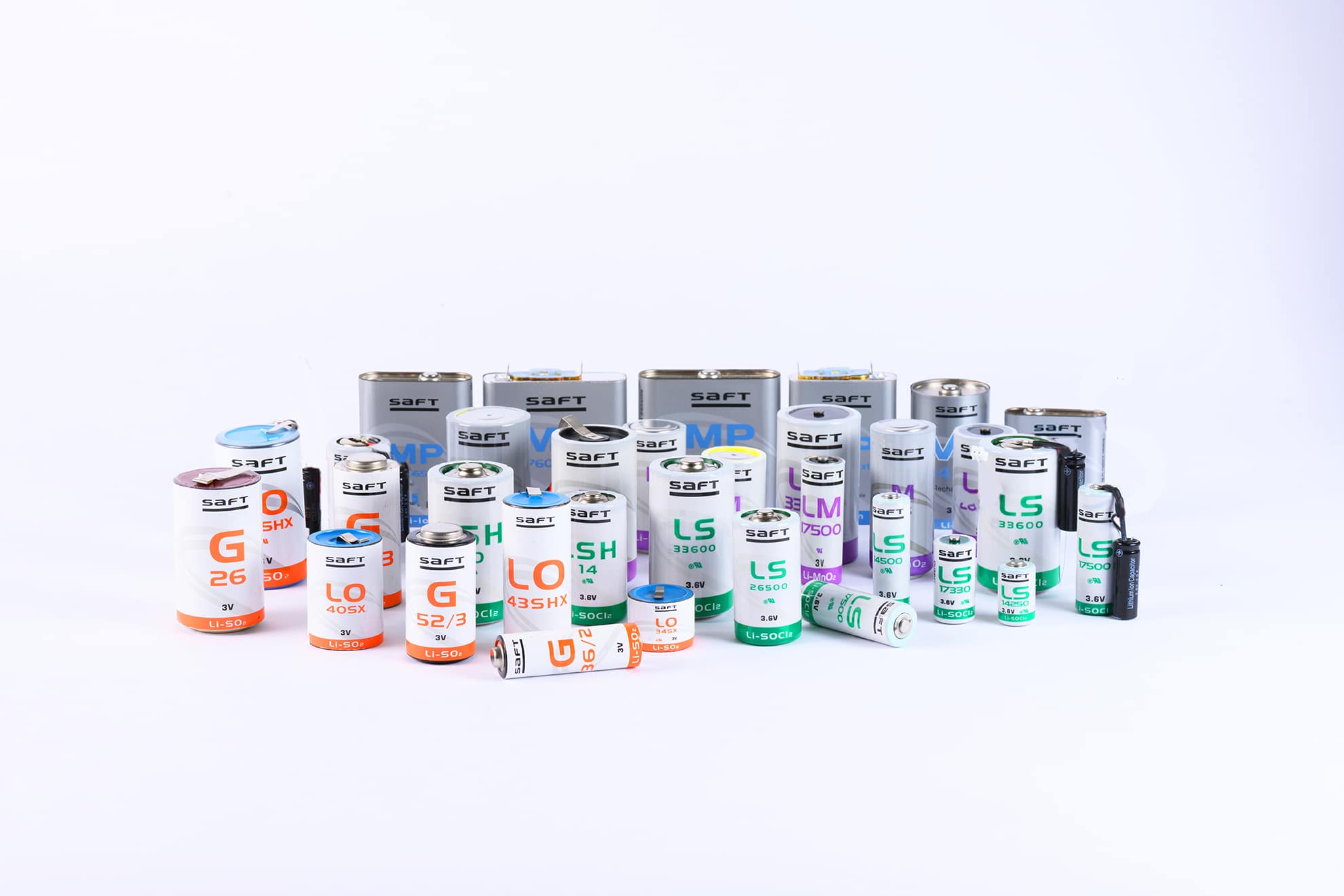
The fit variable between different technologies often comes down to tension, but there are many options and solutions. Lithium thionyl chloride, which offers high voltage, could be coupled to a supercapacitor to increase the level of pulse current. Lithium manganese dioxide, which offers higher pulse capabilities, could potentially be coupled to a DC/DC converter to convert a voltage that might otherwise be too low. Another option to increase voltage is to use multiple cells in a battery pack, or to use two cells connected in series. Each of these features, right down to the way the battery is integrated, affects current draw.
Generally, when the voltage increases, electronic efficiency improves, but since battery power is the product of voltage and current, reducing the operating voltage of a device will improve the current consumption of the battery, giving it a shorter useful life.
Each project is specific and the key to success will be finding the right balance between app life and download rate. It is more interesting to consume more energy, but what about using more than 90% of the available energy or consuming less energy, and being able to use 70% percent of the available energy?
The low power design can significantly complicate the task of an IoT developer. The IoT Solution Optimizer It has been created to speed up prioritization, and help users make more informed decisions about their design choices, resulting in huge savings on trial and error.
You can email us your battery selection questions at contact@saftbatteries.com We will be happy to help you!




